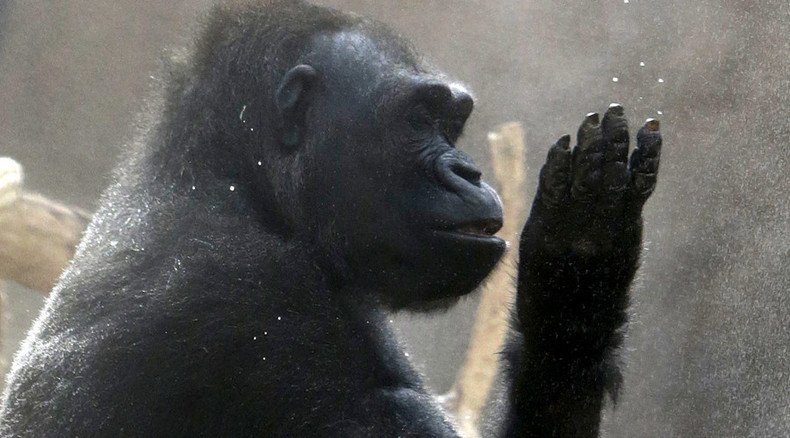Gorillas may have capacity for speech - study

The study of a gorilla has led a research team to question the belief that humans are the only primates who have the capacity for speech. They found that the ape called Koko had developed speech patterns and was showing signs of being able to communicate verbally.
The notion that apes could only communicate through spontaneous noises, such as after being surprised or seeing a predator, may have been dispelled, following research by a team from the University of Wisconsin-Madison.
They carried out a study on a 44-year-old gorilla called Koko, who had already managed to learn sign language in order to communicate with her keepers. The ape has been practically brought up being around humans, having spent over four decades being surrounded by them.
Marcus Perlman made the discovery after watching over 70 hours of footage that had been recorded of the gorilla.
"I went there with the idea of studying Koko's gestures, but as I got into watching videos of her, I saw her performing all these amazing vocal behaviors," he said in an article posted on the University of Wisconsin-Madison’s website.
The team managed to find nine different voluntary behaviors that required control over the use of the gorilla’s vocalization and breathing. The researchers added that these were things that Koko had learned and were not spontaneous noises.
Perlman noted that he had seen Koko blow a raspberry when she wanted to be given a treat, while she had also learnt to blow her nose into a tissue and play wind instruments.
"She doesn't produce a pretty, periodic sound when she performs these behaviors, like we do when we speak," Perlman says. "But she can control her larynx enough to produce a controlled grunting sound."
Orangutans have also demonstrated some impressive vocal and breathing-related behavior, according to Perlman, indicating the whole great ape family may share the abilities Koko has learned to learn.
"Koko bridges a gap," Perlman says. "She shows the potential under the right environmental conditions for apes to develop quite a bit of flexible control over their vocal tract. It's not as fine as human control, but it is certainly control."












